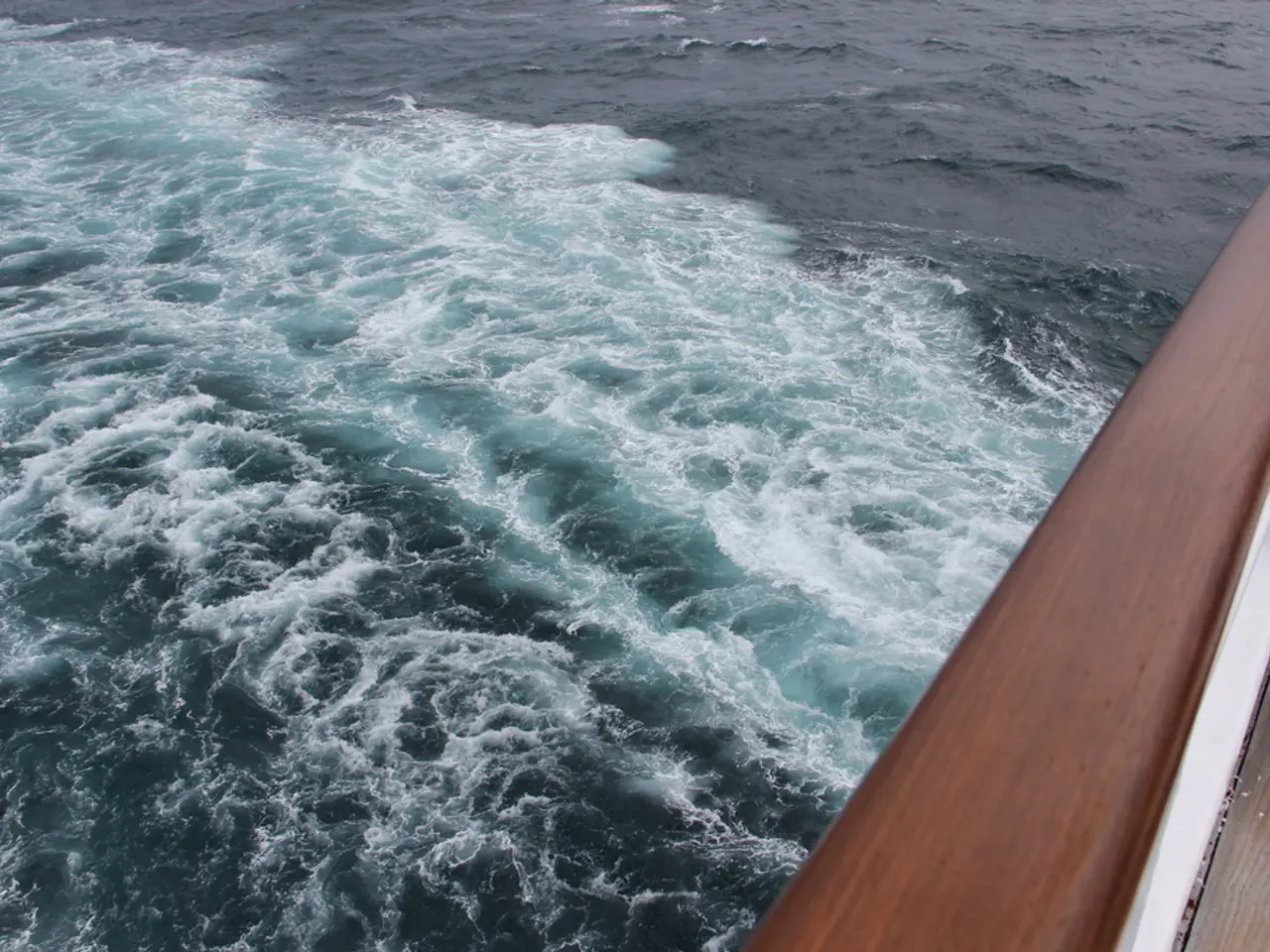Tropical storm brewing in the Atlantic poses a potential danger to the Caribbean region
Hurricane Erin, the first named storm of the current Atlantic season, is moving northeast of the Lesser Antilles towards the west. As of Friday, the hurricane was located about 750 kilometers from the English-speaking Leeward Islands.
According to the US Hurricane Center in Miami, Hurricane Erin has sustained wind speeds of up to 120 kilometers per hour. The storm is expected to develop into a powerful hurricane over the weekend, potentially reaching Category 3 or higher.
The National Hurricane Centre (NHC) advises Puerto Rico, the U.S. Virgin Islands, and the British Virgin Islands to monitor the development of Hurricane Erin. These islands, along with Anguilla, Antigua and Barbuda, and St. Kitts and Nevis, are expected to be in the path of the storm.
It's important to note that while these islands might experience some indirect effects such as distant swell or rough sea conditions if close enough to the storm’s outer circulation, no significant wind, rain, or surge impact from Hurricane Erin is forecast or observed for islands southeast of Puerto Rico based on current information.
The hurricane season officially lasts until November 30 in both the Atlantic and Pacific. Tropical storms form over warm ocean water, and environmental conditions such as steering currents from a high-pressure system and a cold front help guide Hurricane Erin away from the Caribbean and towards the northern Atlantic.
Increasing global warming increases the likelihood of strong storms, according to experts. However, the path of Hurricane Erin may change as it approaches the islands to the southeast of Puerto Rico. Forecast models consistently show the storm moving northward well east of these areas, largely skirting them and instead posing a threat mainly to the U.S. East Coast and Bermuda region.
Hurricane Erin reached Category 5 strength northeast of Puerto Rico on August 16, with sustained winds of 160 mph, but it did not make landfall there. The storm generated dangerous swells and strong winds that affected Puerto Rico and some nearby islands like Turks and Caicos, but no direct impacts on Anguilla, Antigua and Barbuda, or St. Kitts and Nevis have been reported.
Residents of the affected islands are urged to stay informed and follow any instructions from local authorities. The NHC will continue to provide updates on the progress of Hurricane Erin.
- As global warming increases, it may enhance the probability of intense storms like Hurricane Erin, which is currently heading towards the north Atlantic.
- Scientists predict that environmental-science factors, such as the development of Hurricane Erin being guided by steering currents and a cold front, might influence climate-change patterns and impact the future hurricane seasons.








